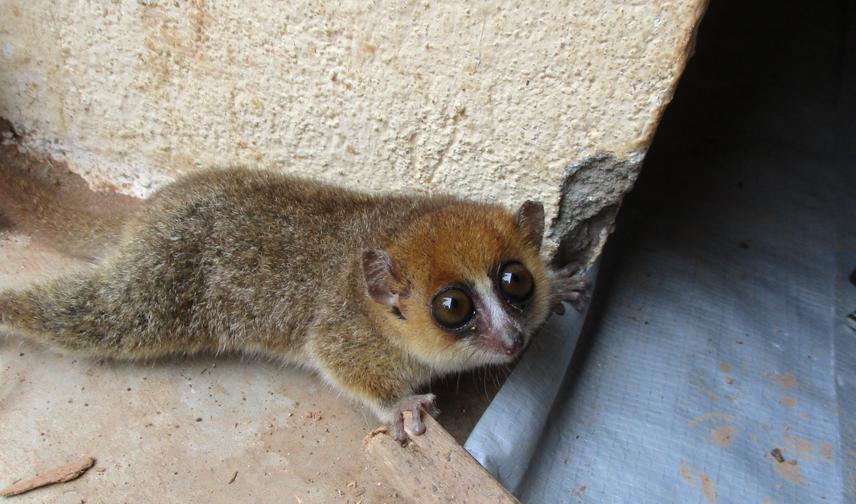Veronarindra Ramananjato
Other projects
19 Mar 2018
Assessing the Importance of Madagascar’s Smallest Primates in Rain Forest Structure
Given the current incessant decline of biodiversity and the impacts of environmental change on ecosystems, understanding the mechanisms and consequences of interactions between living beings could help in designing strategies for biodiversity conservation and management. The mutualistic interactions between animals and their food plants, via seed dispersal, can have critical impacts on forest integrity. Traditionally, when looking at animal-mediated seed dispersal, studies have put much focus on animals with a high frugivorous diet, and much less has been devoted to the potential role of other trophic groups, especially those that are nocturnal. Such knowledge could, however, help us bridge the gap in understanding the combined role of animal assemblages in seed dispersal given that most fruiting plants are dispersed by multiple frugivores.

A rufous mouse lemur foraging next to a abandoned house. ©Veronarindra Ramananjato
This project seeks, therefore, to assess the roles and impacts of nocturnal omnivorous animals in structuring plant communities and maintaining plant diversity, processes that would ultimately ensure forest integrity. I will focus on the wild populations of the rufous mouse lemurs (Microcebus rufus) in the rainforest of Ranomafana National Park, Madagascar. Specifically, this project will 1) define the patterns of seed deposition of M. rufus, 2) identify differential contributions of males and females, and 3) examine eventual shift in their seed dispersal services in degraded forests and agroecosystems. We will achieve these outcomes using empirical data from field observations, ecological surveys, and experiments coupled with statistical modeling.
Overall, this proposed project will greatly enhance the current scientific knowledge on the importance of nocturnal omnivores as well as seed dispersal ecology in tropical forest ecosystems. In my previous research, I have found that mouse lemurs can act as primary seed dispersers in southeastern Madagascar’s rainforests, and their defecated seeds have a higher germination rate under mid-shaded areas. Given that mouse lemurs occur also in degraded and anthropogenesis areas, such findings suggest that mouse lemurs could have critical importance for the dispersal of seeds in open/degraded areas. By understanding the seed dispersal patterns of mouse lemurs, this project will provide further information on what and where they actively disperse seeds. Therefore, integrating seed dispersal as part of conservation strategies and ecological restoration can make both animals and plants less prone to population decline and recover rapidly from disturbances.
Header: Mouse lemur captured by hand by children during the day. © Veronarindra Ramananjato.